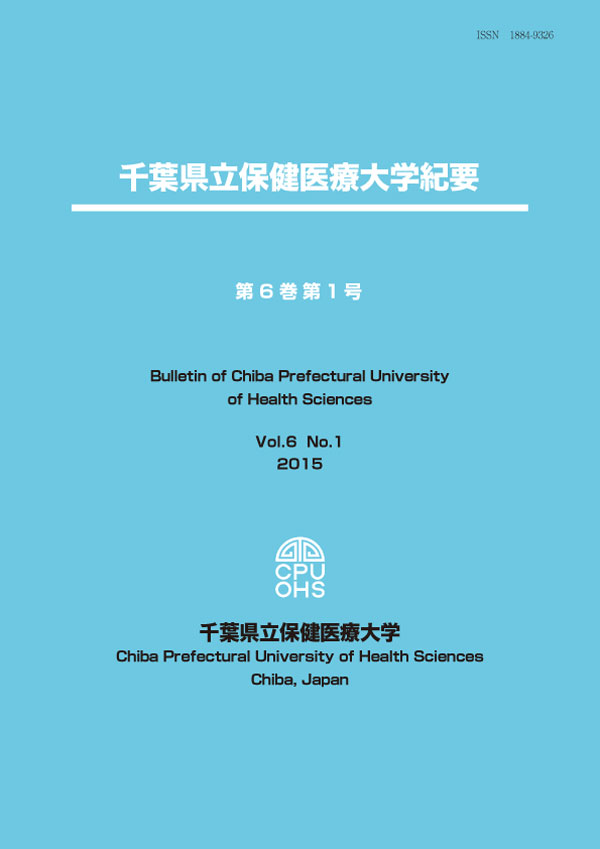Volume 6, Issue 1
Displaying 1-7 of 7 articles from this issue
- |<
- <
- 1
- >
- >|
-
2015 Volume 6 Issue 1 Pages 1_3-1_10
Published: March 20, 2015
Released on J-STAGE: June 21, 2023
Download PDF (1319K) -
2015 Volume 6 Issue 1 Pages 1_11-1_16
Published: March 20, 2015
Released on J-STAGE: June 21, 2023
Download PDF (855K) -
2015 Volume 6 Issue 1 Pages 1_17-1_23
Published: March 20, 2015
Released on J-STAGE: June 21, 2023
Download PDF (1420K)
-
2015 Volume 6 Issue 1 Pages 1_25-1_30
Published: March 20, 2015
Released on J-STAGE: June 21, 2023
Download PDF (857K)
-
2015 Volume 6 Issue 1 Pages 1_31-1_35
Published: March 20, 2015
Released on J-STAGE: June 21, 2023
Download PDF (848K) -
2015 Volume 6 Issue 1 Pages 1_37-1_42
Published: March 20, 2015
Released on J-STAGE: June 21, 2023
Download PDF (972K)
-
2015 Volume 6 Issue 1 Pages 1_43-1_48
Published: March 20, 2015
Released on J-STAGE: June 21, 2023
Download PDF (1980K)
- |<
- <
- 1
- >
- >|
